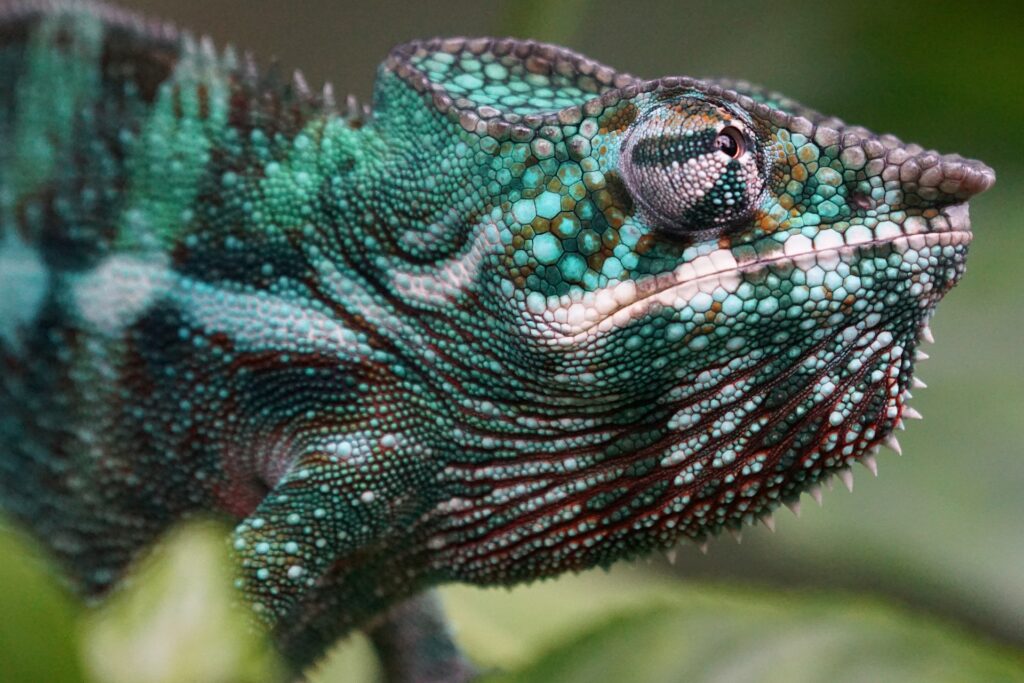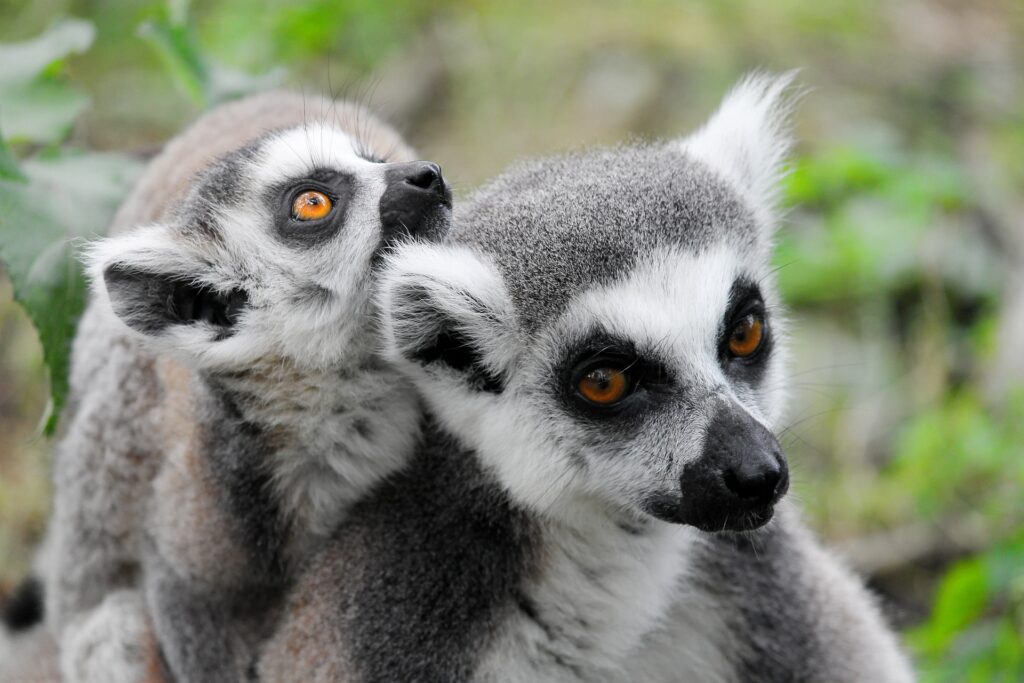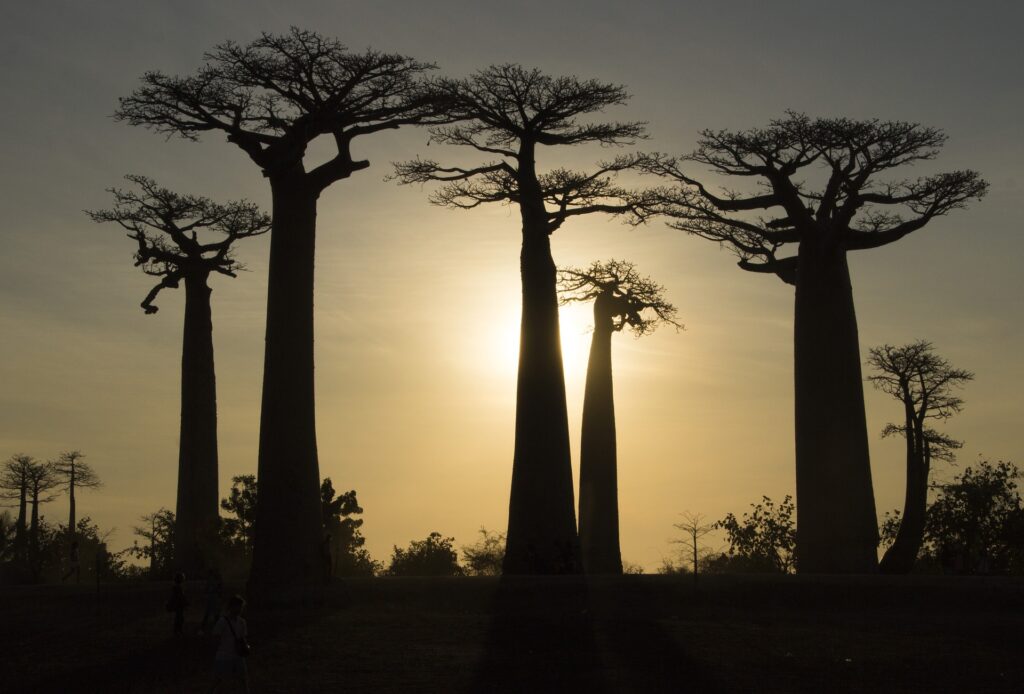Madagascar is a typical example of a country that contributes nothing to climate pollution and at the same time is one of the places on Earth that has been most affected by climate change.
Strong manifestations of climate change in Madagascar
This is not an ordinary island. Due to its unique biodiversity, Madagascar deserves special care. As many as 80% of animal and plant species can be found only there. Thus, there is a lot to fight for, especially because the flora and fauna of Madagascar are under threat. And so are the communities inhabiting the island, who at the moment are struggling to find places to grow crops and even settle down. The US Agency for International Development (USAID) has recognized Madagascar as one of ten countries most threatened by climate change in the world. Madagascar is trying hard to prevent and counteract warming, which is an existential threat to the island. Unique nature (5% of all species in the world) is at direct risk of extinction.

Efforts to restore balance
The USAID states that “the loss of one hectare of forest in this country can have a larger effect on global biodiversity than forest loss anywhere else on Earth, making Madagascar arguably the highest biodiversity priority on the planet”. However, what can a poor and backward country do to help humanity preserve its natural heritage? Not much, especially because the island is becoming overcrowded and the misery of its society is deepening.

Other countries, in particular the USA, came to help (although we cannot decide now whether it was sufficient). A project (CCP – Conservation and Communities Project) has been developed to address the special needs of Madagascar’s natural wealth and support the population suffering from climate change.
The most important provision of the document that is already being implemented is the one on sustainable development, because such fields of industry in Madagascar as fishing and agriculture have also strongly disturbed the ecological balance. The CCP focuses on three pillars: protecting the island’s unique biodiversity, offering alternative earning methods to the inhabitants instead of intensive deforestation and wasteful economy, and calling out Madagascar’s authorities to secure effective local management of natural resources.
The project – and this is a real innovation – is addressed above all to local communities with whom the organizations cooperate. In this model, these local communities remain the centre and the key to, if not to repair, then, at least, to stop the drastic effects of climate change. All these activities are based on expert knowledge not only about the climate, but also about the human behaviour of social groups. This is work at grass roots.

What can we learn from Madagascar about ecology?
Madagascar is a unique place on Earth where nature is dying before our very eyes. The actions of ecologically oriented organizations to work in small groups and identify development alternatives show some effectiveness. It is not without exaggeration that the president of Madagascar turns for help to more developed countries, which are therefore more responsible for the unfavourable climate situation. Madagascar deserves it for two reasons: it is an innocent victim of the so-called “rich north”, and it is a home for unique species. It seems that the solution lies with the internationally supported islanders who have already felt the effects of deforestation and desertification.
Maciej Skomorowski













